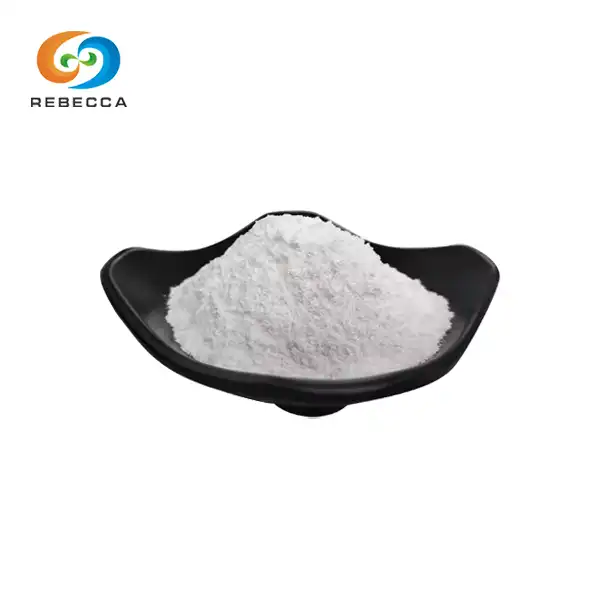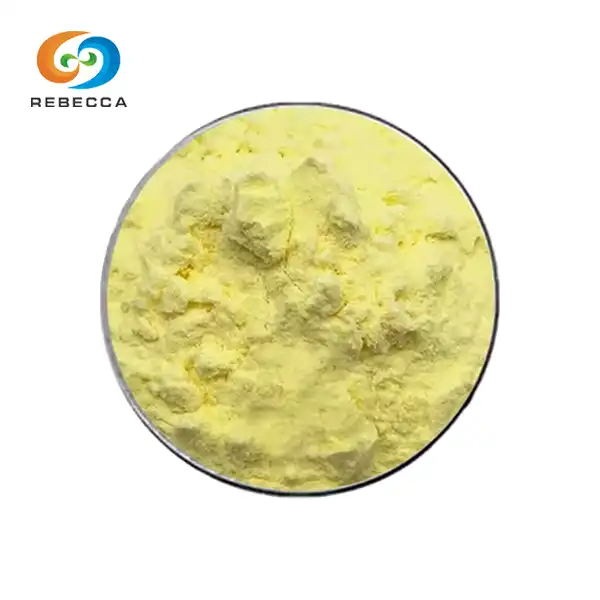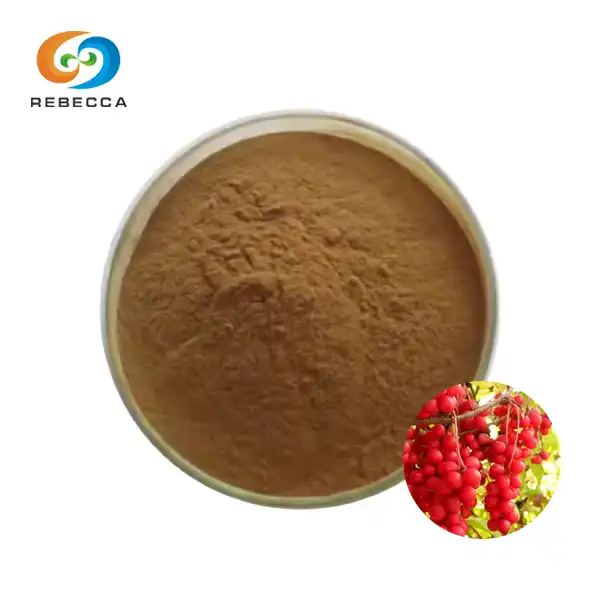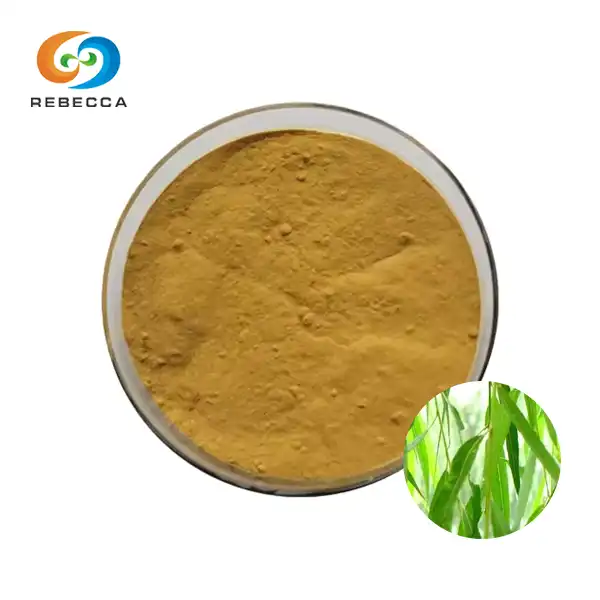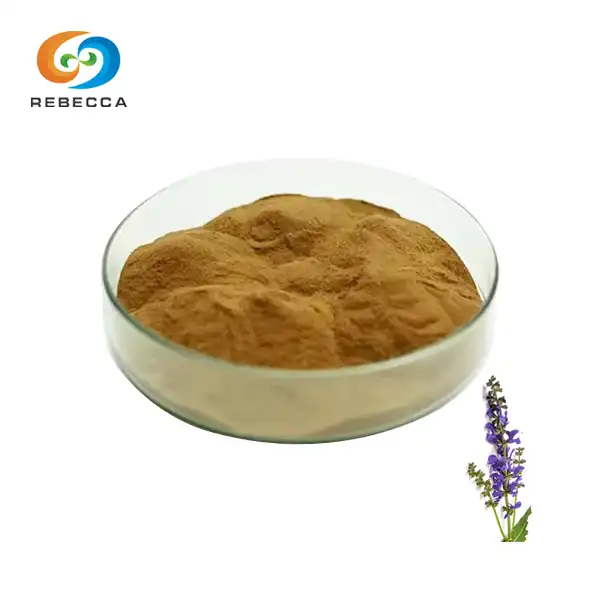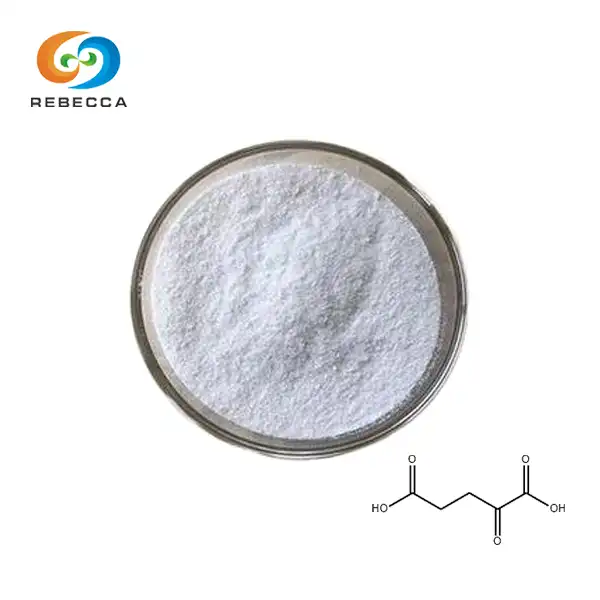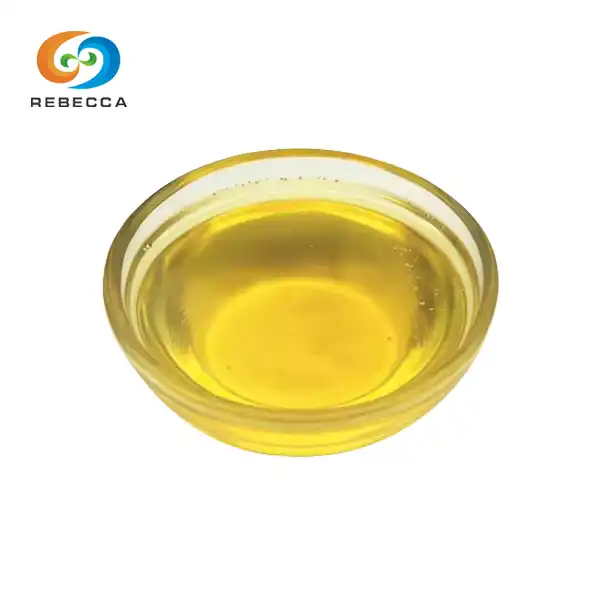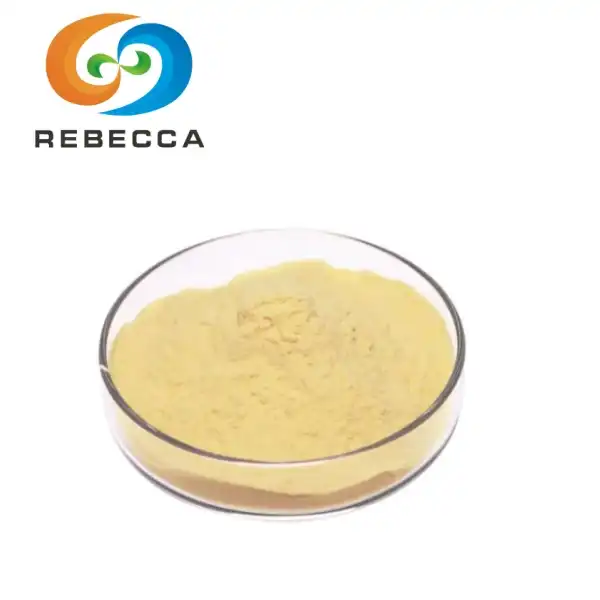Apple Cider Vinegar Production Process
ACV has gained tremendous popularity in recent years due to its numerous health benefits and versatile applications across various industries. While liquid ACV is widely available, apple cider vinegar powder offers enhanced stability, extended shelf life, and increased convenience for manufacturers and consumers alike. This comprehensive guide explores the manufacturing process, key ingredients, quality control measures, and applications in the pharmaceutical, healthcare, beverage, and cosmetic industries.
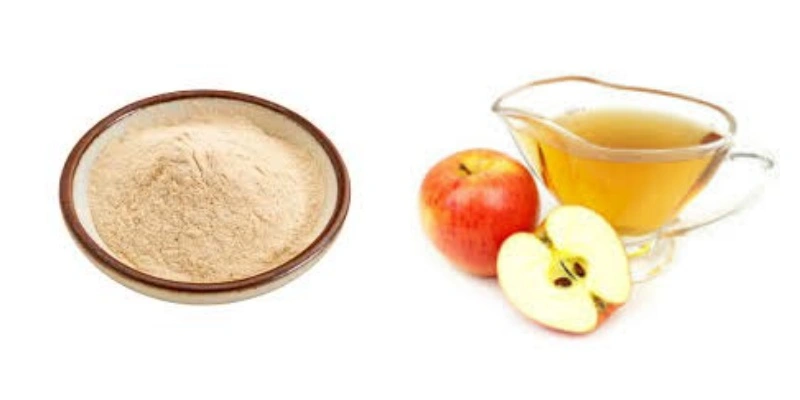
Step-by-Step Process of Making Apple Cider Vinegar Powder
The transformation of liquid apple cider vinegar into powder form involves several carefully controlled stages. Each step in this process contributes to the final product's quality, potency, and functionality. Understanding these stages helps manufacturers optimize their production methods and ensure consistent results.
The first phase begins with selecting high-quality apple cider vinegar as the raw material. Premium ACV typically contains 5-6% acetic acid and originates from fermented apple juice. The quality of this starting material significantly influences the characteristics of the final powder. Manufacturers often test the acidity levels, microbial profile, and flavor compounds to ensure the source vinegar meets specifications before proceeding with the drying process.
Once the appropriate liquid ACV has been selected, the next critical step involves preparing it for drying. This preparation typically includes filtering to remove any particulate matter and standardizing the acetic acid concentration. Some producers also add carriers or excipients at this stage to facilitate the drying process and enhance the powder's stability. Common carriers include maltodextrin, silicon dioxide, or other food-grade substances that prevent caking and improve flow properties.
The drying phase represents the core of the powder production process. Several methods exist for converting liquid vinegar to powder form, each with distinct advantages and limitations. Spray drying stands as the most commonly employed technique in industrial settings. In this method, the prepared liquid ACV mixture is atomized into fine droplets and sprayed into a heated chamber. As these droplets encounter hot air, moisture rapidly evaporates, leaving behind solid particles of apple cider vinegar powder that are collected at the bottom of the drying chamber.
Alternatively, freeze-drying (lyophilization) offers another approach to producing acv powder. This method involves freezing the prepared ACV solution and then subjecting it to a vacuum environment where the frozen water sublimates directly from solid to gas without passing through the liquid phase. Freeze-drying typically preserves more of the sensitive compounds found in vinegar but requires longer processing times and higher operational costs compared to spray drying.
Following the drying process, the resulting powder undergoes several post-processing steps. These may include milling to achieve uniform particle size, blending to ensure homogeneity, and screening to remove oversized particles. The powder is then typically analyzed for moisture content, acidity, solubility, and microbial counts to confirm it meets quality specifications before packaging.
Final packaging represents the concluding step in the manufacturing process. Apple cider vinegar is highly hygroscopic, meaning it readily absorbs moisture from the environment. Therefore, appropriate packaging materials that provide moisture barriers are essential. Many manufacturers utilize multi-layer bags with aluminum foil layers or desiccant packets to maintain product integrity during storage and transportation.

Key Ingredients and Drying Techniques in ACV Powder Production
The composition of apple cider vinegar powder extends beyond simply dried vinegar. Several ingredients and processing aids contribute to creating a stable, functional powder that delivers the benefits of liquid ACV in a convenient form. Understanding these components helps in selecting the appropriate grade and quality for specific applications.
The primary active component in cider vinegar is acetic acid, which typically constitutes between 4-10% of the final product depending on the concentration in the source vinegar and the manufacturing process. This organic acid contributes to the powder's antimicrobial properties, preservative effects, and characteristic tangy flavor. Manufacturers often standardize the acetic acid content to ensure consistent performance in various formulations.
Carrier agents represent another crucial ingredient category in ACV powder production. These substances provide structure and prevent the highly acidic vinegar components from degrading or becoming unstable in powder form. Maltodextrin serves as a common carrier due to its neutral flavor profile, good solubility, and ability to encapsulate acidic compounds. Other carriers include modified food starch, gum arabic, or rice flour, each offering different functional benefits for specific applications.
Anti-caking agents frequently appear in commercial apple cider vinegar powder formulations to prevent clumping and maintain free-flowing characteristics. Silicon dioxide (silica) represents one of the most widely used anti-caking agents due to its effectiveness at low concentrations. Tricalcium phosphate and magnesium stearate offer alternatives, though their usage levels may vary depending on regulatory requirements in different markets.
The drying technology employed significantly influences the acv powder's characteristics and functionality. Spray drying, as mentioned earlier, represents the industry standard for large-scale production. This technique allows for rapid moisture removal while maintaining reasonable production costs. Modern spray dryers feature sophisticated atomization systems and precise temperature controls that minimize heat exposure and preserve heat-sensitive compounds in the vinegar.
Spray drying parameters require careful optimization to produce high-quality powder. Inlet air temperatures typically range between 150-180°C, while outlet temperatures remain lower (70-90°C) to minimize thermal degradation of acetic acid and bioactive compounds. The feed rate, atomization pressure, and chamber dimensions all influence particle size distribution and moisture content of the final powder.
Freeze-drying offers significant advantages for premium grades of apple cider vinegar powder where maximum retention of volatile compounds and bioactives is desired. This technique subjects the vinegar preparation to temperatures below freezing, followed by sublimation of ice under vacuum conditions. The gentle nature of this process preserves heat-sensitive components but comes at significantly higher production costs, making freeze-dried ACV powder suitable for high-value applications in pharmaceuticals and specialty nutritional products.
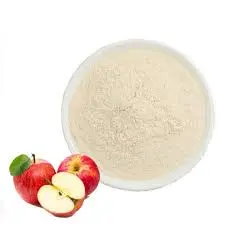
How to Ensure the Quality and Purity of Apple Cider Vinegar Powder?
Quality assurance represents a critical aspect of apple cider vinegar powder production, particularly for manufacturers serving pharmaceutical, healthcare, and cosmetic industries where product consistency and safety are paramount. Implementing comprehensive quality control measures throughout the manufacturing process helps ensure that the final powder meets specifications and regulatory requirements.
Raw material testing forms the foundation of quality assurance in ACV powder production. The incoming liquid apple cider vinegar should undergo thorough analysis for acetic acid content, pH, microbial contamination, and potential adulterants or contaminants such as heavy metals. Many manufacturers also evaluate organoleptic properties including color, odor, and taste to ensure consistency across production batches. Establishing clear specifications for raw materials and qualifying reliable suppliers contributes significantly to final product quality.
Process validation plays an equally important role in quality assurance. This involves documenting that the manufacturing process consistently produces acv powder that meets predetermined specifications. Critical process parameters such as drying temperatures, residence times, atomization settings, and post-drying handling procedures should be validated to demonstrate their impact on product quality. Regular monitoring of these parameters during production helps detect and correct deviations before they affect the final product.
Analytical testing of the finished confirms product quality and conformance to specifications. Standard tests include moisture content determination (typically maintained below 5%), acetic acid assay, pH measurement of reconstituted solutions, and solubility evaluation. Advanced analytical techniques such as high-performance liquid chromatography (HPLC) may be employed to quantify specific compounds or verify the powder's authenticity.
Microbial testing deserves special attention in quality control programs for cider vinegar. While the acidic nature of the product inhibits many microorganisms, certain acid-tolerant species may survive if processing conditions are inadequate. Testing for total aerobic microbial count, yeast and mold, and specific pathogens helps verify the powder's microbiological safety. Manufacturers supplying to pharmaceutical or food industries often establish specifications that align with pharmacopeial or food safety standards.
Certificate of Analysis (CoA) documentation accompanies each batch of commercial acv powder, providing customers with verification that the product meets specified quality parameters. A comprehensive CoA typically includes results for identity tests, potency assays, physical characteristics, and microbiological evaluations. This documentation supports customers' quality systems and facilitates regulatory compliance in their finished products.
Apple cider vinegar powder offers manufacturers in pharmaceuticals, healthcare products, beverages, and cosmetics a versatile ingredient that combines the beneficial properties of traditional vinegar with improved handling characteristics and formulation flexibility. By understanding the manufacturing process, key ingredients, and quality parameters discussed in this guide, companies can effectively incorporate this innovative ingredient into their product development strategies.
For those seeking premium-quality apple cider vinegar powder with consistent specifications and reliable supply, Rebecca Bio-Tech offers comprehensive technical support and customized formulations to meet specific application requirements. Our production facilities employ advanced drying technologies and rigorous quality control systems to ensure product excellence.
To learn more about our apple cider vinegar powder offerings or to discuss your specific requirements, please contact our technical experts at information@sxrebecca.com. Our team is ready to assist you in selecting the optimal grade and specifications for your pharmaceutical, healthcare, beverage, or cosmetic applications.
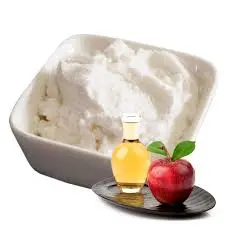
References
- Budak, N. H., Aykin, E., Seydim, A. C., Greene, A. K., & Guzel-Seydim, Z. B. (2014). Functional properties of vinegar. Journal of Food Science, 79(5), R757-R764.
- Cal, K., & Sollohub, K. (2010). Spray drying technique. I: Hardware and process parameters. Journal of Pharmaceutical Sciences, 99(2), 575-586.
- Kailasapathy, K. (2015). Encapsulation technologies for functional foods and nutraceutical product development. Journal of Functional Foods, 19, 868-881.
- Johnston, C. S., & Gaas, C. A. (2006). Vinegar: Medicinal uses and antiglycemic effect. Medscape General Medicine, 8(2), 61.
- Gharsallaoui, A., Roudaut, G., Chambin, O., Voilley, A., & Saurel, R. (2007). Applications of spray-drying in microencapsulation of food ingredients: An overview. Food Research International, 40(9), 1107-1121.
